Sibenik is becoming a symbol of new tourism
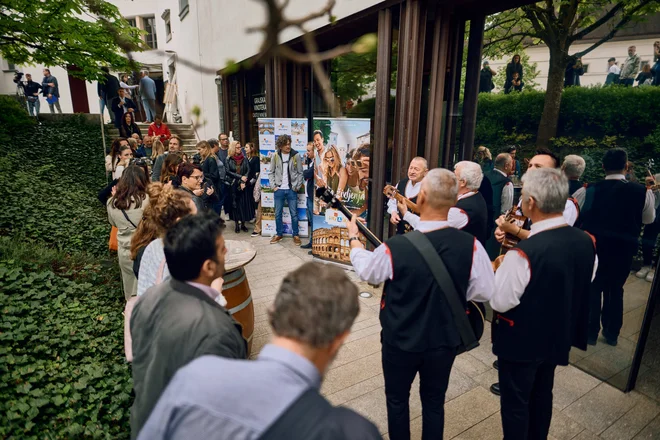
Among the walls, where the smell of wine is usually dominated by the smell of wine, they smelled of the patches, homemade gnocchi and a young cock with polenta that day. The klapa song hung in the air, the figs and fritules sweetened the finish.
The castle wine shop at Ljubljana Castle was recently introduced by Šibenik – a place that carries time, salt and stone. Photo: Vid Rotar
Visitors included Slovenian journalists, tourist agents and representatives of the profession who tasted the best from Dalmatian cuisine, all under the baton of a renowned chef Dina Bebic. At this event, Ljubljana breathed with the Adriatic for a few hours.
While visitors enjoyed the beat Dalmatia in Ljubljanawe talked to Bruno Bonifačić. He took over the position of director of the Croatian tourist community in Slovenia in times when tourism in Croatia is restructured – from the mass of quality. His view of Slovenian-Croatian relations in tourism is sober, almost diplomatic, AZ clearly not: “It is no longer a quantity. It’s about content. «
Less but better
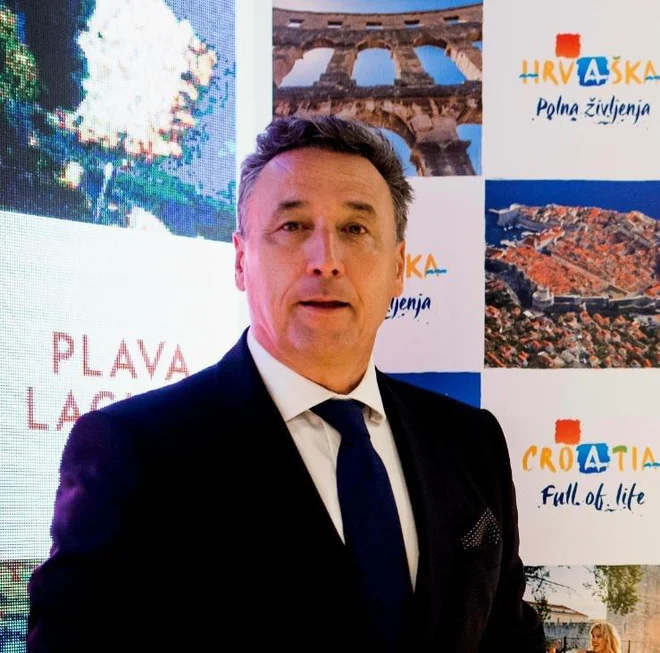
Bruno Bonifačić, director of the Croatian tourist community in Slovenia: “Tourism is no longer a quantity. It’s about content. «
“Croatia is consciously retreating from mass tourism. We focus on higher quality, better experience and scattering of the season, « explains Bonifačić. “The price structure must follow the market, but should not lose contact with reality. Croatia is no longer the cheapest, but it is also not the most expensive. It is important that the guest gets quality for his money. »
According to him, Slovenes are more than just statistics. « From the beginning of the pandemic, every year we have achieved record results from the Slovenian market, » he says. « Last year we had 3.15 million Slovenian overnight stays in camps. »
The camping segment has improved. Mobile houses are more expensive in the season than the rental of the vessel, but Slovenes still book them. They are looking for quality, peace, nature. And they know what they pay.
This year will be the winner of « Last Minute »
While the guests booked in advance last year, this year will be different. “Early Booking was good, but the dynamics in the hotels are slowing down. Slovenians are known for waiting for the last minute – this year will be the last minute again in fashion. «
According to him, however, the problem is not in interest, but in prudence. The Slovenian guest is experienced, thinks in the long term and can distinguish between good marketing and true value.
A common story for the world
Croatia and Slovenia are increasingly presenting together – at fairs in the US, Japan, Vietnam and beyond. « Boutique, sustainable, green region, » says Bonifačić. « This is not just economic cooperation, but cultural kinship. »
Prestigious agencies combine programs: two -thirds of Slovenian arrangements also cover Croatia. The Slovenian guest has the taste and curiosity and desire for experiences.
And where does he find silence?
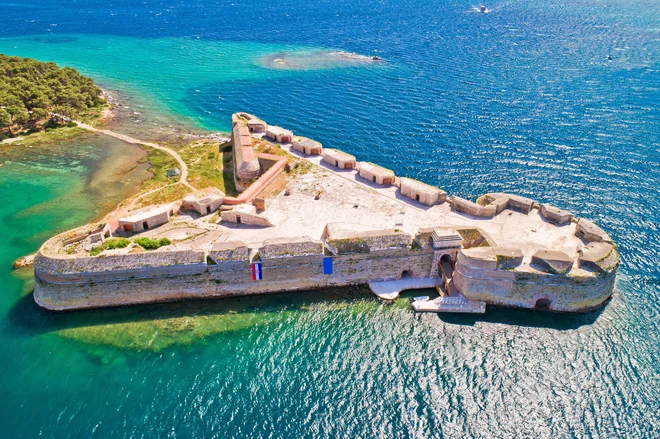
A world -famous corner in the Adriatic. The fortress of St. Nikola. Photo: Shutterstock
In Šibenik.
“This destination developed more slowly after the war, but under the Mayor of Burić, she has undergone a transformation. Forts, museums, historical core were restored. Today, this is one of the best places for cultural, active and boutique tourism, « says Bonifačić.
And indeed: Šibenik is not just a quiet star of Dalmatia. Is something more.
A place of stone and silence
If Split lives with the player’s temperament and Zadar with the calmness of the teacher, then Sibenik acts as a solitary architect – someone who will not expect you with open arms, but will nevertheless completely conquer you.
This place stands on a solid rock. Literally and symbolic. Built of light stone, carved from storms and centuries. One of the few in the Adriatic who has not sold. And this is his charm.
Older than Dubrovnik. Yes, really
When it comes to Dalmatia, most first think of Dubrovnik – an elegant, glittering city that has succumbed to its own legend in recent years. But Šibenik has a document. Seal. Record. It was first mentioned in 1066 in the Charter of the Croatian King Peter Kresimir IV. Dubrovnik is from the 12th century. Tradition is not a document. Šibenik is the oldest city on the Croatian coast and was built by Croats.
Just four hours from Ljubljana takes you to this completely Croatian city.
History that is not a postcard
This place is not sold with glitter, but only presence is sufficient for it. His history does not smile from the posters, but lies – a little contemptible – walled in the cathedral of St. Jakov, a UNESCO monument, erected exclusively of stone. No mortar. No compromises.
A city living culture – not just organizes events
This is a birthplace Arsena Dedica musical poet. Here’s an adult Drazen PetrovicBasketball Mozart. And here the music festival is not an event – but a season. Šibenik is not looking for attention, but attracts it. Sibenik is home Misha Kovač, Vice wolvesbut the world is also a famous Children’s Festival, which will celebrate its 65th anniversary this year.
Marenda – a meal with character
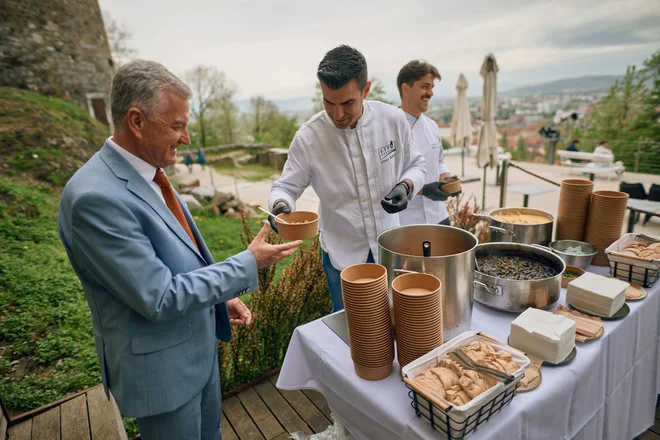
It smelled Marenda in Ljubljana. SIPA, homemade gnocchi and young cock with polenta, figs and fritula – all under the baton of renowned chef Dino Bebic. Photo: Vid Rotar
Then there is Marenda. It’s not a morning cappuccino or hipster brunch. Marenda is a concrete, Dalmatian reality with a knife and bread – a worker meal, not a tourist. Fish, vegetables, spicy. And in it the taste of centuries.
Silence with the view
Hence it is only a short path to the Krk National Park or to the scattered islands of Kornati. But the real proximity that Šibenik offers is not geographical – it is spiritual. In the world where the destinations scream for attention, Šibenik is silent. And that’s why it’s so talkative.
Almost everything – except the crowd
Perhaps this is also the reason why Šibenik has not (yet) fall under the weight of his own success. Not that there are no visitors – but different people come. Those who recognize that something special is in the way the city is not trying to be something that is not. In the way the stone breathes. And how silence sounds.
Unfortunately, as for most Croatian tourist destinations, and after all Slovenian, it is also considered for Sibenik that some prices, especially in the rise of the tourist season, went too far. But as Bruno Bonifacic said, « the market will do its own and we will have to accept that neither Croatia nor Slovenia is for everyone, but for those who know what they are looking for. » So, if we are a little poetic, both countries offer what is not screaming and not offered with instant brilliance, but just like Sibenik whisper so gently that you hear it and feel it.




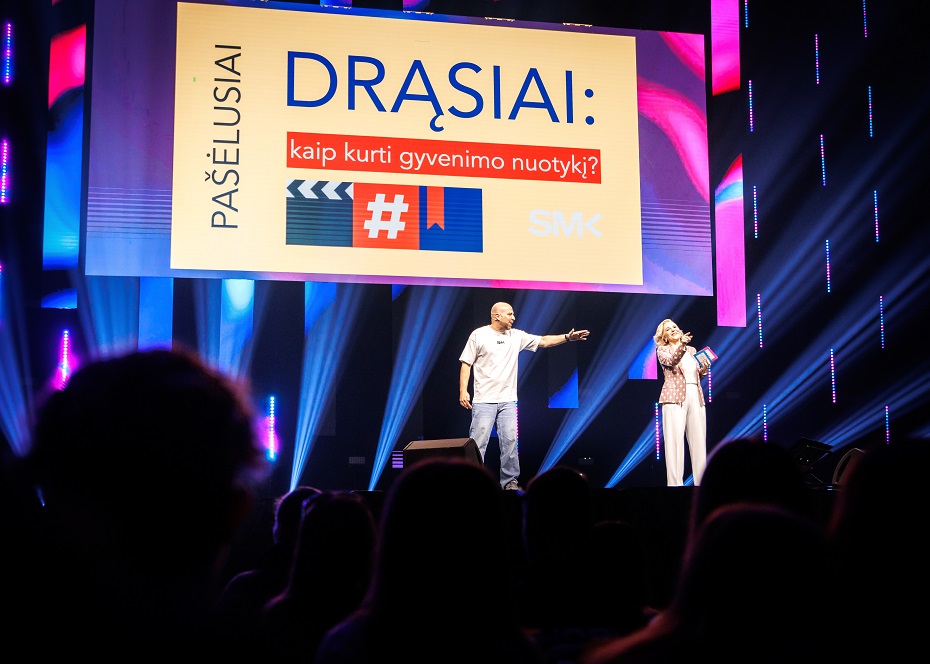

:format(webp)/s3/static.nrc.nl/images/gn4/stripped/data83162647-8a0f30.jpg)